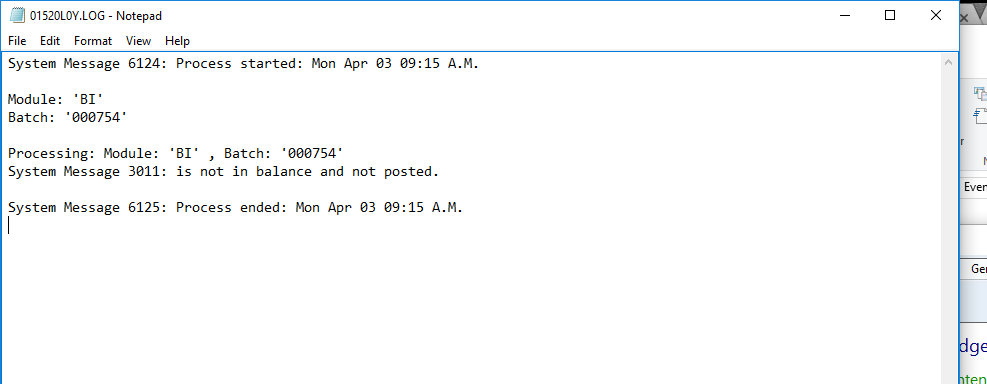T-SQL Tuesday #108: Non SQL Server Technologies

Pick one thing you want to learn that is not SQL Server. Write down ways and means to learn it and add it as another skill to your resume. If you are already learning it or know it – explain how you got there and how it has helped you. Your experience may help many others looking for guidance on this.
In my day job, one of my hats is systems architect and integrator. One of those systems is a traditional on-premises ERP, while others are web applications and native mobile applications. We’re a small team, but we make an honest effort to perform scalable and repeatable development practices. The next improvement we’re making is a move towards **continuous deployment (CD). **As a team lead, I don’t enforce process changes with unknown consequences, so the CD shift requires me to get my feet wet with NodeJS.

